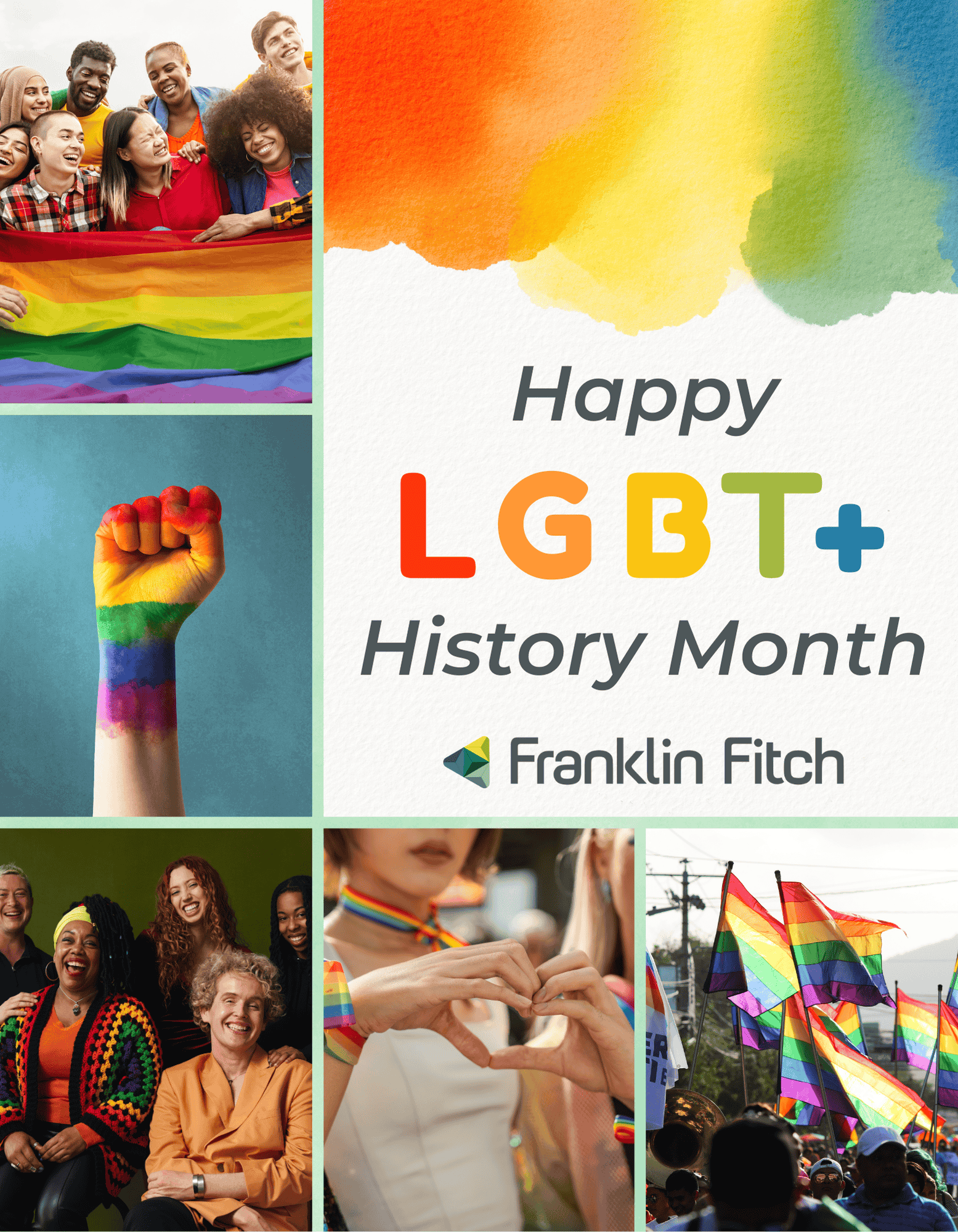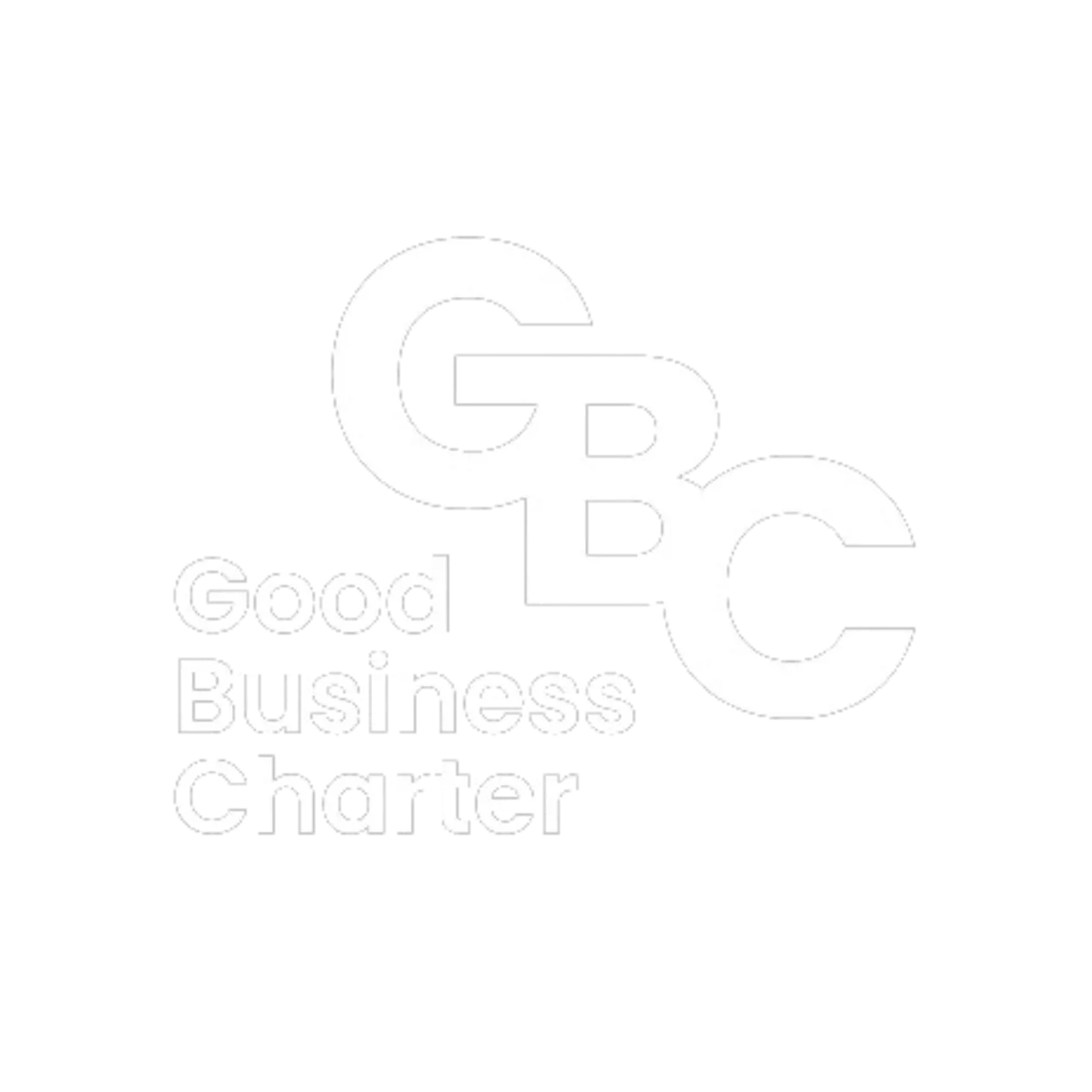
Ways To Create A More Inclusive Recruitment Process
23 Oct, 20235 minutesWe talk about diversity and establishing inclusive teams a lot as recruiters. A varied workf...

We talk about diversity and establishing inclusive teams a lot as recruiters. A varied workforce brings to your firm an unique set of viewpoints and opinions. In reality, businesses with a diverse staff outperform their competitors and report happier employees.
Despite the hype, just around half of firms have strategies in place to attract a diverse workforce. Approximately the same number of companies do not keep track of workforce diversity.
Unfortunately, bias – even if it is unconscious – can impede some businesses from naturally achieving diversity. It's critical for your recruiters to have initiatives in place that encourage more diverse hires in order to build inclusive teams.
Inclusive hiring can help your team develop more quickly, produce happier employees, form stronger teams, and help your company outperform its competition. Here are a few best practises for inclusive recruitment that your organisation can use.
What is inclusive hiring?
The inclusive hiring process actively accepts a wide range of traits and viewpoints that candidates offer to the firm. It's not just about filling quotas by hiring persons from underrepresented groups or those with disabilities. Instead, inclusive hiring practises seek to level the playing field for all applicants in order to combat bias in hiring and discrimination in general.
In an inclusive recruiting environment, multiple perspectives, beliefs, and values are considered in order to reach a common goal. Your employees will be forced to think outside their comfort zones and challenge new notions or ideas by having a diverse workforce.
It's difficult to avoid unconscious bias when examining a candidate's job application, even with the greatest of intentions. Organizations that want to improve their team's diversity and attract the greatest talent can't afford to have recruitment practises that unintentionally exclude specific groups of people. Bias can occur at any point of the hiring process, but the talent attraction stage, application review, and face-to-face interview are the most important to investigate.
Through job ad placements, bad language choices in job descriptions, and bias in the interview stages, your organisation may be unwittingly decreasing the number of quality applicants from the very beginning of the recruitment process.
Requirements for the Job
Taking a second look at what you're asking of them is one of the simplest methods to attract more diverse prospects. When you're interviewing candidates for an open position, you'll probably have a list of requirements in mind. While having certain standards can be beneficial, adhering to them too rigidly can actually hinder your chances of finding a quality hire.
Your ideal applicant may have five years of industry-specific expertise, but if you focus solely on this criteria, you'll overlook a multitude of other candidates with diverse backgrounds. While this assures that you select someone with the degree of expertise you require, it also eliminates individuals who may be exactly what you need with only three or four years of experience.
Language Used for Audience
Job descriptions can either entice or repel candidates depending on the language used. A good job description speaks to a wide range of candidates while being explicit about the skillsets required. Leading with sensitive, thoughtful, and inclusive language demonstrates to prospects that you are a diverse workplace that evaluates all applicants regardless of gender, race, disability, or status.
Make sure you get it correctly by removing any terminology that could be interpreted as catering to a specific demographic. When it comes to hiring, use inclusive language, which means avoiding gender-specific vocabulary and words, as well as industry jargon. Begin with a job title that is devoid of any references to gender or industry. Keep things simple and concentrated on the task at hand. Work on removing masculine and feminine words as well from job postings.
Advertising the Role
Consider where you're advertising if you want to create a truly inclusive process and attract applicants from various backgrounds. Elite universities may produce outstanding individuals, but they struggle with diversity, as do many other institutions. Your search may be too restricted if you notice that your candidate pool is made up of people with similar educations, histories, and experience levels. After all, similar individuals prefer to apply for employment through the same routes.
While knowing how to connect with the people you want to apply for your open positions is beneficial, you shouldn't limit your prospect pool too much. Get imaginative about where you post your openings to reopen it and attract more different applications.
Many candidates may be looking for jobs via print ads, contacting and visiting job fairs and boot camps, conducting searches on social media, or using their mobile devices to access job adverts. With this in mind, try looking for new employees in a variety of venues; this increases your chances of recruiting for a more diversified demographic.
Screening and Interviewing
Preventing and Exclusion in the CV Review
It's even more important to have an effective screening process in place if you've drawn a larger pool of applications in order to objectively evaluate your candidate pool. This is when bias, whether conscious or unconscious, may creep into decision-making and undermine all of your hard work in attracting diverse candidates.
This problem has two solutions: removing identifying information from CV’s or abandoning CV’s entirely in favour of another way of candidate screening.
Blind hiring involves removing any information from resumés that could cause bias, such as age, ethnicity, gender, education, and geographic location. Ideally, only the facts that matter will be left: their skills, experience, and achievements.
The practice of replacing CV’s with skills testing is gaining traction in the recruitment industry. The idea is to hire based on skills rather than background. Candidates are tested for technical skills (such as coding) and soft skills (like communication), then graded and ranked according to their performance — creating a shortlist of top candidates without any identifying information.
The blind hiring method delays rather than removes bias if your recruitment process includes a face-to-face or video job interview. The key advantage is that you can rest assured that the shortlist of candidates for interviews was generated without bias, and that no promising candidate was screened out for the incorrect reasons.
Minimising Bias in the Job Interview
If you have conducted a blind hiring process up to this stage, the job interview should be the first moment you see the candidate’s ethnicity, age, gender, and appearance. Unconscious bias is therefore unavoidable, but it can be minimized in the following ways:
Screen questions for exclusive language
Ask every candidate the same set of standardized questions and stick to the script.
Use the same assessment criteria and debrief for every candidate.
Avoid one-on-one interviews. Have a panel of at least three interviewers.
Make sure your panel is diverse
Beware of hiring for likeability.
Don’t make a decision based on the interview alone.
Conduct panel interviews to reduce interview bias and provide for a variety of perspectives during the interview process. You can gather feedback, viewpoints, and ideas from people with a variety of requirements and expectations if you have a lot of people following along in the hiring process. Those outside of your recruiting and hiring staff should be involved in the hiring process. By reaching out to other departments, team members, and company executives, you can eliminate bias by considering other points of view and use their diverse experiences to build an inclusive workplace for newcomers.
Onboarding New Hires
The first step is to have an inclusive hiring process. Employees who don't fit a homogeneous mould will be unhappy in their new jobs if you simply focus on developing an inclusive hiring procedure and overlook your company culture.
You need to build an inclusive work atmosphere to persuade them to stay––and to actually enjoy their time at your company. Each employee has an unique voice in an inclusive workplace culture, which encourages them to be themselves. Not only are their particular needs met, but they are also encouraged to devote time to personal duties that they consider vital.
To Conclude
There should be a purpose and meaning behind establishing an inclusive workplace and recruitment process, not just another box to check.
There are numerous reasons why having a diverse workforce is advantageous, but it won't happen immediately. As a result, for modern firms, putting in place the proper processes and mechanisms to build an inclusive recruitment team is a step in the right way.
The efforts you take to increase inclusive hiring should be tracked and reviewed on a regular basis, with training being a top emphasis. If you want inclusive hiring to work, you need buy-in and passion for what you're attempting to do.
If you're looking for a new opportunity within a company that values the importance of cultural diversity in the workplace, we have a dedicated team who are on hand to find you the perfect role to fit your requirements and desired work environment. Contact us today to speak to one of our team today.









